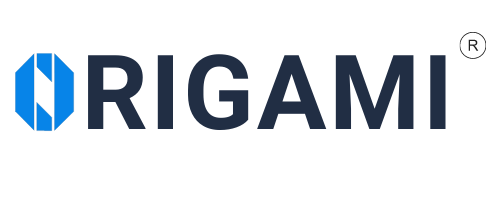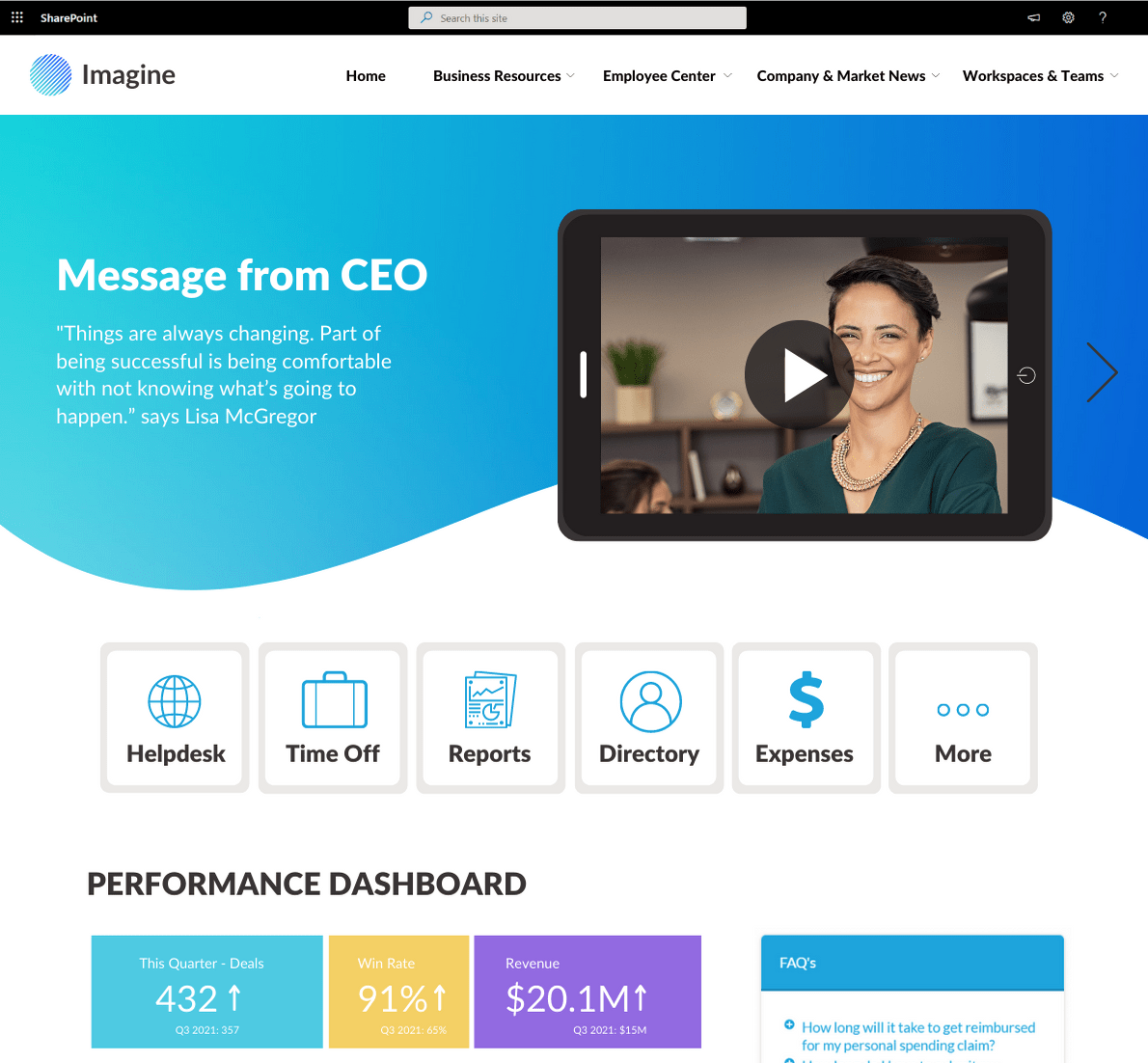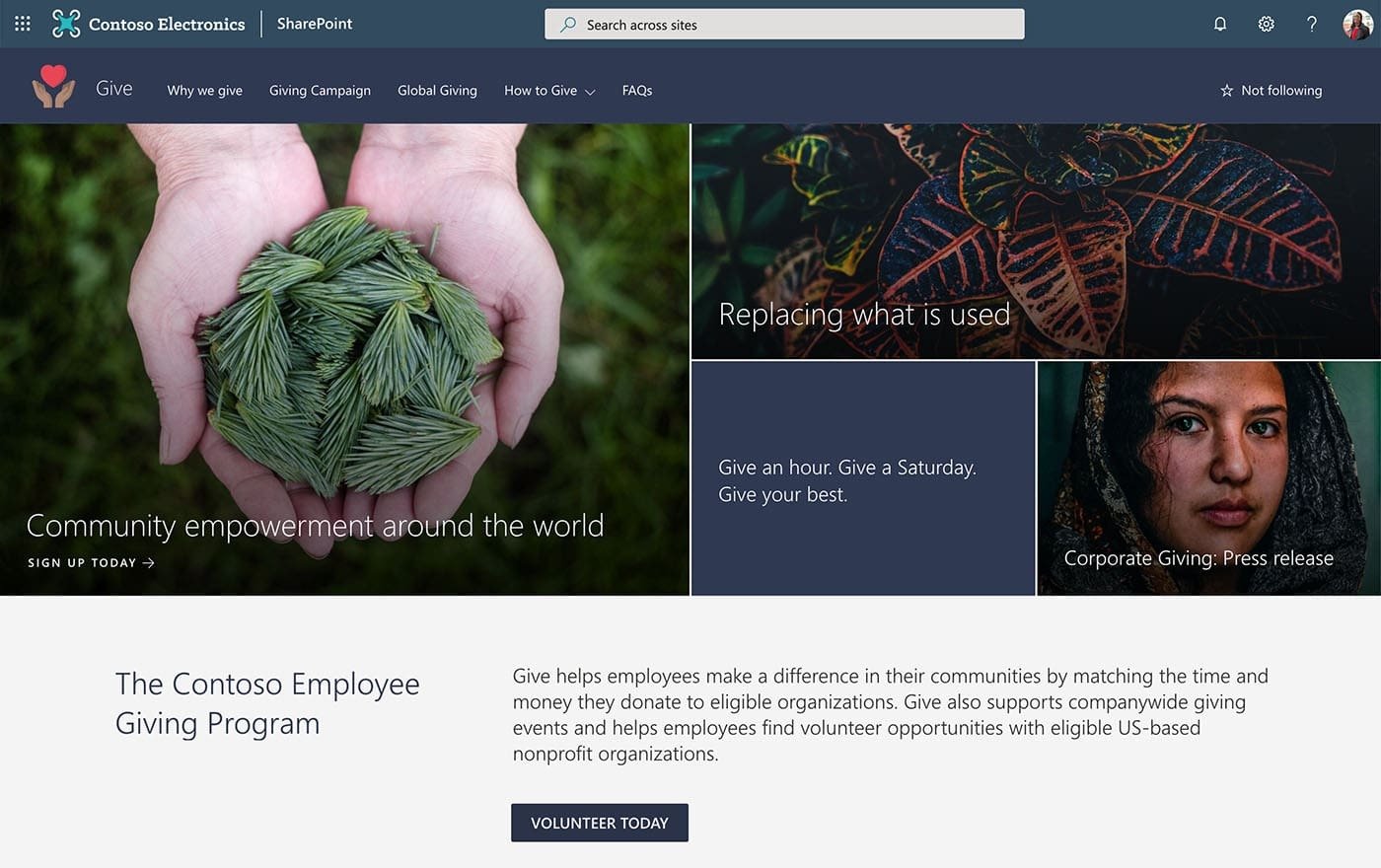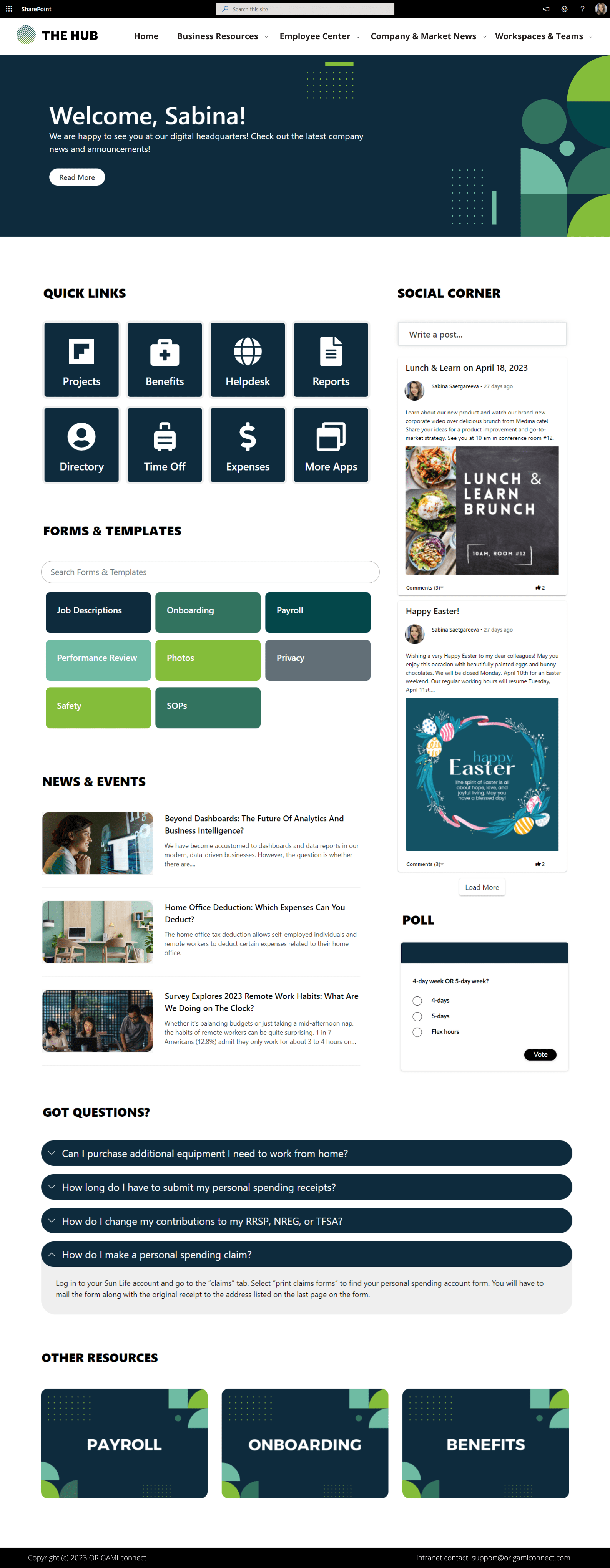How much is it to build a SharePoint intranet?
So, how much is it to build a SharePoint intranet?
What’s surprising is that there is barely any information that can help you put together a budget—let’s look at real numbers you can build a business case with.
If you’re reading this, you will probably already know that vanilla SharePoint is often not enough. Many companies want SharePoint customized with things like a better look, better search, or integration with internal systems.
There are two ways to go about customizations:
Buy a ready-made product —these costs are clear because products list their features, they have a price, and you can have them immediately
Hire someone to build features for you —which is not so clear
So, let’s break these costs down with real market data.
We devised this experiment:
First, we created technical requirements to build one custom feature for SharePoint.
If we find how much this feature costs to build, we could then use this number and multiply it by any number of similar customizations to get the total cost.
We took the requirements for our custom feature and posted a short-term contract on UpWork—UpWork is a community website where gig workers and contractors look for short-term work.
We waited 1 week for proposals to come in
After 5 days of waiting, we received 38 proposals from developers who read the requirements and provided their estimates to build our feature.
Here is what we found ….
The average effort of building our feature is 40 hours
The average hourly rate for local developer is $75/hour
This totals to $3,000 USD and one week in duration to build one custom feature of medium complexity
The custom news banner for SharePoint was quoted to cost $3,000 USD to build and that’s without testing or mobile optimization
Now, usually SharePoint intranets need about 10 customizations similar to our custom feature. This puts you in a budget range of $30,000 US dollars and at least 10 weeks to build an intranet. But wait, because that’s not all!
Most short-term contractors have several projects on the go, so it’s common to see projects go 30% beyond the initially estimated duration. That will stretch your timeline to from 10 weeks to 4 months. And that’s just for development work. It does not include managing developers, creating pages, and writing content. But there is one more caveat! The cost.
Contractors tend to provide optimistic cost estimates at the outset to make their proposal look more lucrative. For example, several of the 38 proposals we received on UpWork were estimated to cost 4 times less than majority of other proponents.
But beware: overly optimistic estimates end up doubling or tripling later. One of our customers told us they spent $25,000 in 6 months on a customized SharePoint only to realize they need to spend twice that number to finish.
Even if you picked an average cost proposal, your requirements may have not been clearly understood. For example, one proposal we received from UpWork said that our custom feature would not be compatible on a mobile device. That was a surprise to us and we wondered what other assumptions were made by other contractors that were not included in their estimates. To be safe, we recommend adding a buffer of 30% to the cost estimates given to you by your contractor.
This brings the total for an average custom-built SharePoint intranet with 10 customizations to $40,000 (plus 4,000 per any additional medium complexity customization).
That’s more than 2x the cost of a ready-made product like Origami!
So why do companies spend more by going with custom development?
Some companies require proprietary integrations for which there is no ready-made product—that’s a good reason to invest in a developer.
Others have some unique requirements and prefer to hire a developer to build these unique requirements along with common features—in most cases, you will save significantly by going with a ready-made product, even if it meets your requirements partially, and it would be available to you immediately, not in 6 months.
Sometimes there is a perception that ready-made products will get you stuck in paying a subscription, you might be pleasantly surprised that some vendors, including Origami offer products perpetually where you get to keep the product without paying annual fees.
Additional benefits of going with a ready-made product:
You get more features for less.
For example, Origami comes with 30 web parts available to you instantly that would have taken over 10 months to build!
Also, custom development can go over budget.
With a ready-made product, you pay a fixed price.
Not to mention, a ready-made product, like Origami, has been used and tested by thousands of other customers before you. It’s a Microsoft verified app-store solution. These users report issues and give feedback daily, making the software better.
With a contractor—you get a bespoke solution and you’d be its first customer and a tester.
It’s important because, as customers use the product and request feature, you get access to new features at no extra cost.
With the hourly contractor you only get what you asked to build, there is no network effect.
The best part is that any software fixes are included in your price. For example, with Origami we guarantee our web part fixes even if Microsoft changes something.
With the hourly contractor you pay by the hour for any fixes.
So there you have a comprehensive business case of building versus buying a SharePoint intranet.
For the costs of Origami intranet —see our demo page here.













So, how much is it to build a SharePoint intranet?
What’s surprising is that there is barely any information that can help you put together a budget—let’s look at real numbers you can build a business case with.